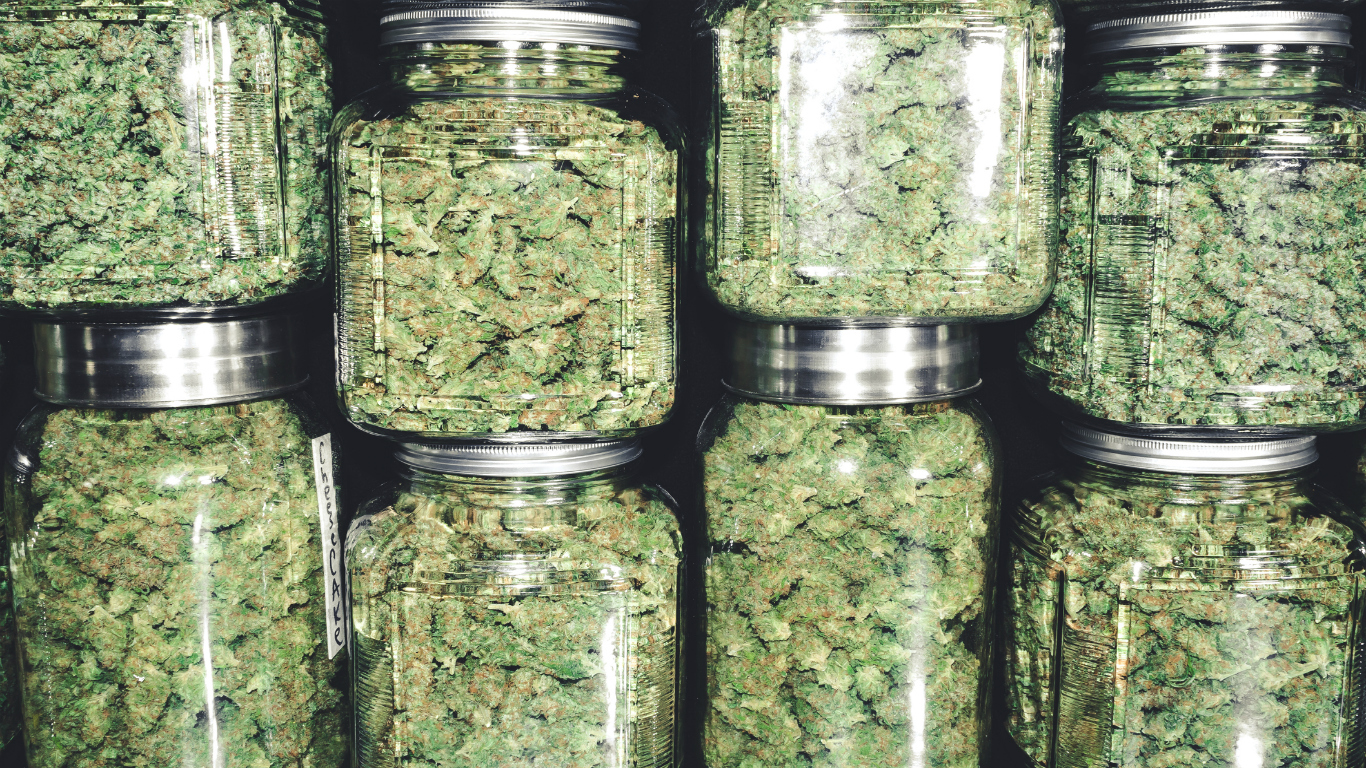
Ontario-based cannabis cultivator CannTrust Holdings Inc. (NYSE: CTST) stopped selling its cannabis products last July following the Canadian government’s suspension of the company’s license for illegally growing thousands of pounds of marijuana in unlicensed facilities. By the end of July, the company’s CEO was fired and its president was forced to resign.
CannTrust has not filed required U.S. Securities and Exchange Commission (SEC) quarterly reports since the end of the first quarter last year. The New York Stock Exchange sent the company a notice of possible delisting in December because the share price had fallen below $1.00 for 30 consecutive days. Those are just the highlights.
Even as the bad news piled up for CannTrust, the rest of the cannabis industry also imploded. For the 2019 calendar year, CannTrust stock lost 81% of its value. Tilray Inc. (NYSE: TLRY) lost nearly as much, 72.3%. Hexo Corp. (NYSE: HEXO) plunged more than 70% and Aurora Cannabis Inc. (NYSE: ACB) dropped just over two-thirds of its value. Both Cronos Group Inc. (NASDAQ: CRON) and Canopy Growth Corp. (NYSE: CGC) dropped more than 40%.
The bad year for Canada’s cannabis stocks could probably have been worse, but it’s hard to see how.
Why the Investment in Pot Stocks Disappeared
Beginning in late 2018, billions of investment dollars poured in from two sin stock giants. Alcoholic beverage maker Constellation Brands Inc. (NYSE: STZ) took a $4 billion stake in Canopy Growth and Marlboro cigarette maker Altria Inc. (NYSE: MO) invested $1.8 billion in Cronos Group. Molson Coors (NYSE: TAP) also signed a joint venture deal with Hexo to develop pot-infused beverages.
These big investments by established consumer products companies dried up in 2019. Only the $2.9 billion merger between Tilray and its majority shareholder, Privateer Holdings, came anywhere near the big transactions of 2018. According to Viridian Capital Advisors, for the full year, companies trading marijuana stocks on public exchanges raised $7.64 billion in fresh capital, of which some $5.28 billion came in the form of new equity. In 2018, publicly traded pot companies raised $9.9 billion in new capital including $7.9 billion in new equity.
As late as the summer of 2019, cannabis stocks were still on an upward trajectory. Then, as investment began drying up last year, borrowing and new stock offerings helped to fill the gap. Additions to growing capacity in the marijuana industry continued even as the cannabis market began to produce more pot than the market could absorb.
Government Slow-Walking
Health Canada, the government agency responsible for regulating the country’s legal cannabis sales, was slow to issue licenses for retail outlets. By October of last year, the agency had issued just 24 licenses to retail operations in Ontario, Canada’s most populous province. That’s one licensed shop for every 600,000 residents.
Second, by the time the Canadian market got off the ground in October 2018, demand outstripped supply by a wide margin. The slow rollout of licensed retailers, however, curbed demand, which caused supply to soar and demand to plummet. According to a BBC report in late December, Canadians bought more than 25,000 pounds of dried cannabis flower, while producers were sitting on more than 360,000 pounds of inventory, more than enough to meet the demand for an entire year.
As was the case in California when legal sales began in January 2019 in that state, the black market undercut the legal market on price. Canada’s data collection agency, Statistics Canada, estimated that as much as 75% of the country’s cannabis market was being supplied by the black market. There were, it turns out, too few stores that charged more for a product that was easily obtained elsewhere.
A fourth cause for the downturn was the dawning realization that the United States was not going to move ahead with changes to federal law that would either make cannabis legal in the country or at least make it easier to legalize marijuana state by state.
Will CannTrust Shares Make a Comeback?
CannTrust, which could sell none of its cannabis products, was also barred from growing more. In a bull market that could have spelled the end of the company.
As it turned out, however, the bear market for pot may have inadvertently helped the company. It laid off 140 employees and saved more money on operating expenses. While CannTrust was on life-support, Wall Street looked elsewhere for profits and there were plenty of opportunities, especially in the last half of 2019.
If CannTrust’s new management team can deliver its tardy financial statements by the end of the first calendar quarter of 2020, the company could recover, provided that it hasn’t lost its customers for good. Every legal pot grower in Canada is going to have a substantial inventory of product that it will want to sell, probably at closeout pricing.
That’s not going to help CannTrust. Neither are other growers’ booming inventories. At the end of the second quarter of last year, according to Statistics Canada, a gram of legal cannabis cost consumers C$10.65. Black market pot sold for C$5.63 a gram.
Health Canada placed a hold on some 11,400 pounds of CannTrust’s dried cannabis inventory, and the company voluntarily withheld sales of another 16,500 pounds. The company said at the time that it was continuing to grow, cultivate, harvest and sell cannabis. Sales in Ontario and Alberta were later stopped by provincial regulators.
In October 2019, Health Canada suspended CannTrust’s licenses to produce and sell cannabis but allowed the company to continue cultivating and harvesting the plant. The company also agreed to destroy approximately $12 million worth of biological assets and about $56 million worth of inventory that was not authorized under the company’s license.
CannTrust reported inventory assets of $35.4 million at the end of December 2018, growth of more than three times year over year. At the end of the first quarter of 2019, the company’s inventory value had ballooned to more than $55.8 million. That’s the last quarterly report the company filed. It’s worth noting that before getting its license suspended, the company said it expected production capacity to rise to a range of 400,000 to 660,000 pounds by late this year.
As harshly as CannTrust was treated (and deservedly so), last year’s flagging cannabis market was a good time to get sideways with the regulators. The company was looking at producing about 220,000 to 440,000 pounds of marijuana last year. Not having to soak off all that inventory this year (if it gets its licenses back) could be a plus for the company.
What to expect from CannTrust in 2020 is a glass either half-empty or half-full. The effects of its licensing violations will continue to be felt this year, and there’s been no indication the Health Canada is working overtime to get the company back on track. There’s no reason it should. After all, the former CEO knew about the illegal grows and, at best, did nothing to stop them.
When CannTrust came public in August 2017, the shares priced at $1.70, before rising to an all-time high of nearly $11.00 in October 2018. Following a bounce in March, the stock price has plunged steadily to less than $1.20. One positive signal for the industry is that short sellers are generally bailing out.
The improving share price and diminishing short interest in pot stocks may be enough for it to hold on to its New York Stock Exchange listing, but it’s not enough for investors. Once the company begins filing financial statements again, that is the critical time for CannTrust.
Travel Cards Are Getting Too Good To Ignore (sponsored)
Credit card companies are pulling out all the stops, with the issuers are offering insane travel rewards and perks.
We’re talking huge sign-up bonuses, points on every purchase, and benefits like lounge access, travel credits, and free hotel nights. For travelers, these rewards can add up to thousands of dollars in flights, upgrades, and luxury experiences every year.
It’s like getting paid to travel — and it’s available to qualified borrowers who know where to look.
We’ve rounded up some of the best travel credit cards on the market. Click here to see the list. Don’t miss these offers — they won’t be this good forever.
Thank you for reading! Have some feedback for us?
Contact the 24/7 Wall St. editorial team.

